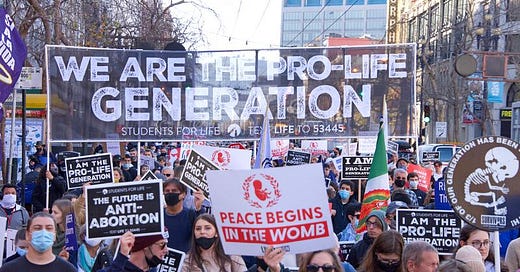In my commentary of August 23, I maintained that the systems of people’s democracy in China and Cuba have high legitimacy among the people, and therefore political stability; in contrast to the United States and other Western imperialist powers, in which systems of representative democracy are in the midst of legitimation crises (“Chinese democracy works: Western representative democracy no longer has legitimacy,” August 23, 2022.
In previous commentaries, I have suggested that the road out of legitimation crisis in the USA would require the emergence a leftist social justice movement committed to anti-imperialism and to the protection of the socioeconomic rights of all citizens to health care, education, nutrition, and housing. A movement that at the same time embraces certain conservative values of the people, such as respect for the principles of the U.S. Constitution. Such a reconceptualization of leftist ideology through a creative theoretical and practical synthesis…


